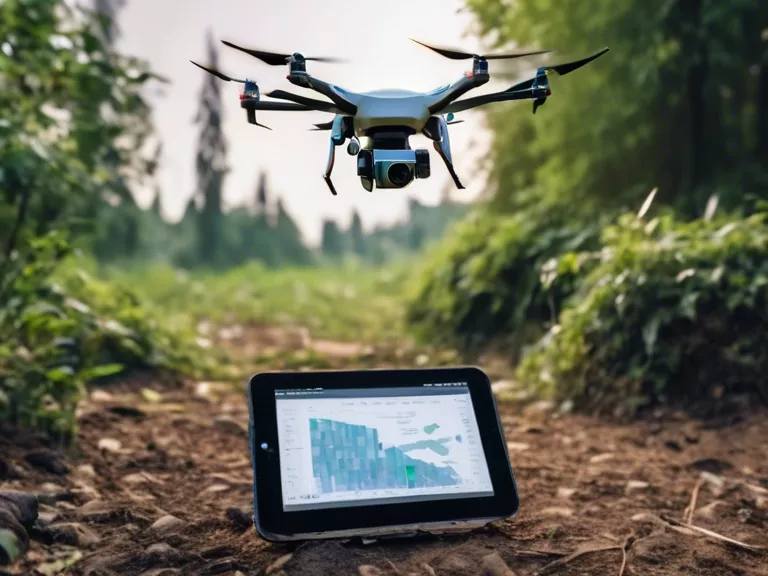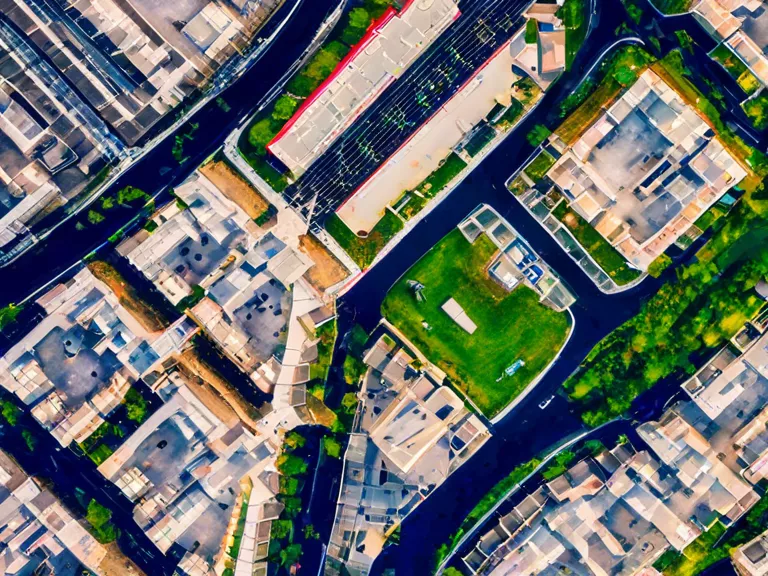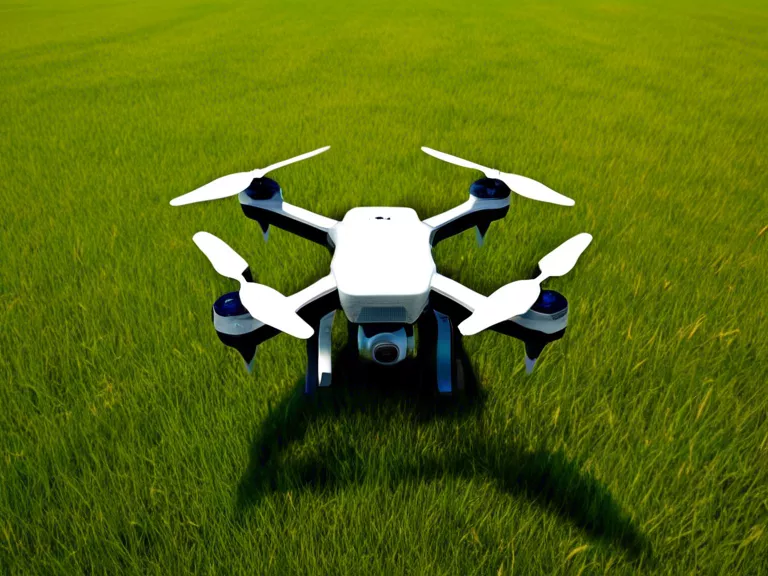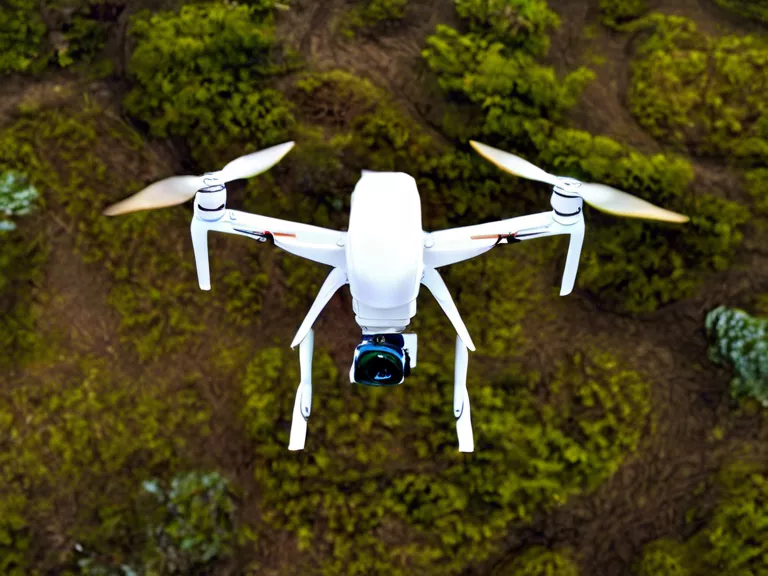
Artificial intelligence (AI) powered drones are revolutionizing the way environmental impact assessments are conducted. By combining the capabilities of AI with the mobility of drones, researchers and environmental scientists can now gather real-time data on various ecosystems and human activities to evaluate their impact on the environment. This breakthrough technology is helping to protect and conserve our planet in ways that were previously impossible.
One of the key benefits of using AI-powered drones for environmental impact assessments is the ability to collect data in real-time. This means that researchers can monitor changes in an ecosystem as they occur, allowing for quicker response times to any threats or disturbances. For example, drones equipped with AI can detect changes in vegetation patterns, water quality, and wildlife populations, providing valuable insights into the health of an ecosystem.
In addition to real-time data collection, AI-powered drones can also analyze the vast amounts of data they collect using machine learning algorithms. This allows researchers to identify patterns and trends that may not be immediately obvious to the human eye. By analyzing this data, scientists can gain a deeper understanding of how different factors are impacting the environment and develop more effective conservation strategies.
Furthermore, AI-powered drones are able to cover large areas of land quickly and efficiently, making them ideal for conducting comprehensive environmental impact assessments. Instead of spending weeks or even months surveying an area on foot, drones can fly over the area in a fraction of the time, collecting data that would have been impossible to gather otherwise. This speed and efficiency are crucial for assessing the impact of human activities such as deforestation, mining, and pollution on the environment.
Overall, AI-powered drones are providing researchers and environmental scientists with a powerful tool for conducting real-time environmental impact assessments. By combining the mobility and flexibility of drones with the analytical power of AI, we are able to gain a deeper understanding of how human activities are affecting our planet. This technology is helping to drive conservation efforts and protect the environment for future generations.



